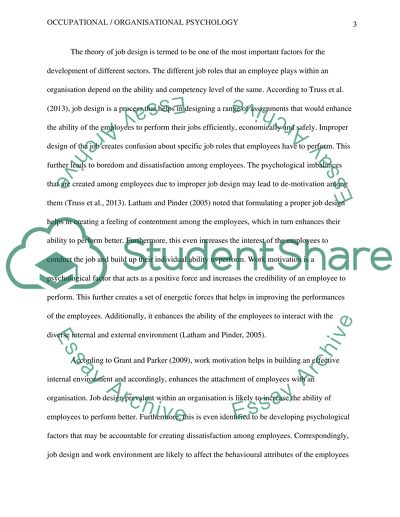Cite this document
(“Occupational / Organisational Psychology Essay Example | Topics and Well Written Essays - 2000 words”, n.d.)
Retrieved from https://studentshare.org/psychology/1669967-occupational-organizational-psychology
Retrieved from https://studentshare.org/psychology/1669967-occupational-organizational-psychology
(Occupational / Organisational Psychology Essay Example | Topics and Well Written Essays - 2000 Words)
https://studentshare.org/psychology/1669967-occupational-organizational-psychology.
https://studentshare.org/psychology/1669967-occupational-organizational-psychology.
“Occupational / Organisational Psychology Essay Example | Topics and Well Written Essays - 2000 Words”, n.d. https://studentshare.org/psychology/1669967-occupational-organizational-psychology.


